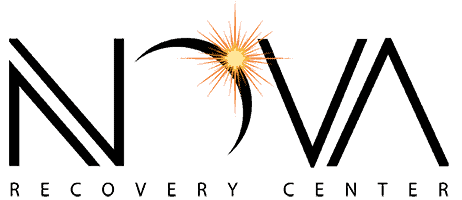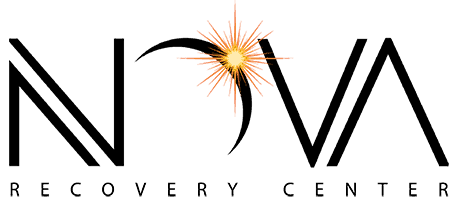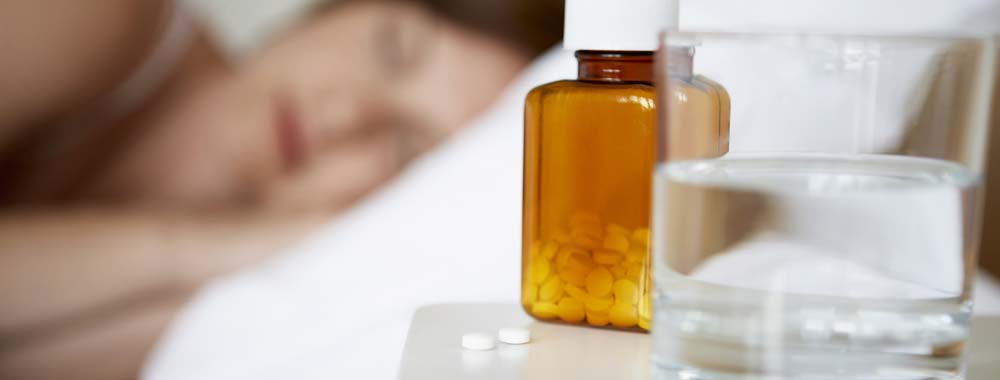Last Updated on September 17, 2025
Table of Contents
According to a 2017 review published in the journal The Gerontologist, about 1 in 5 adults use an over-the-counter sleep aid medication to get some shut eye.1 While the study cited Benadryl as being one of the most commonly used sleep-inducing drugs (even though it’s actually intended to treat allergy symptoms), the long-term use and misuse of over-the-counter and prescription sleep aids like Sonata, Doral, Trazodone, and Ambien may increase a person’s risk for developing a substance use problem with more harmful drugs or illegal substances.
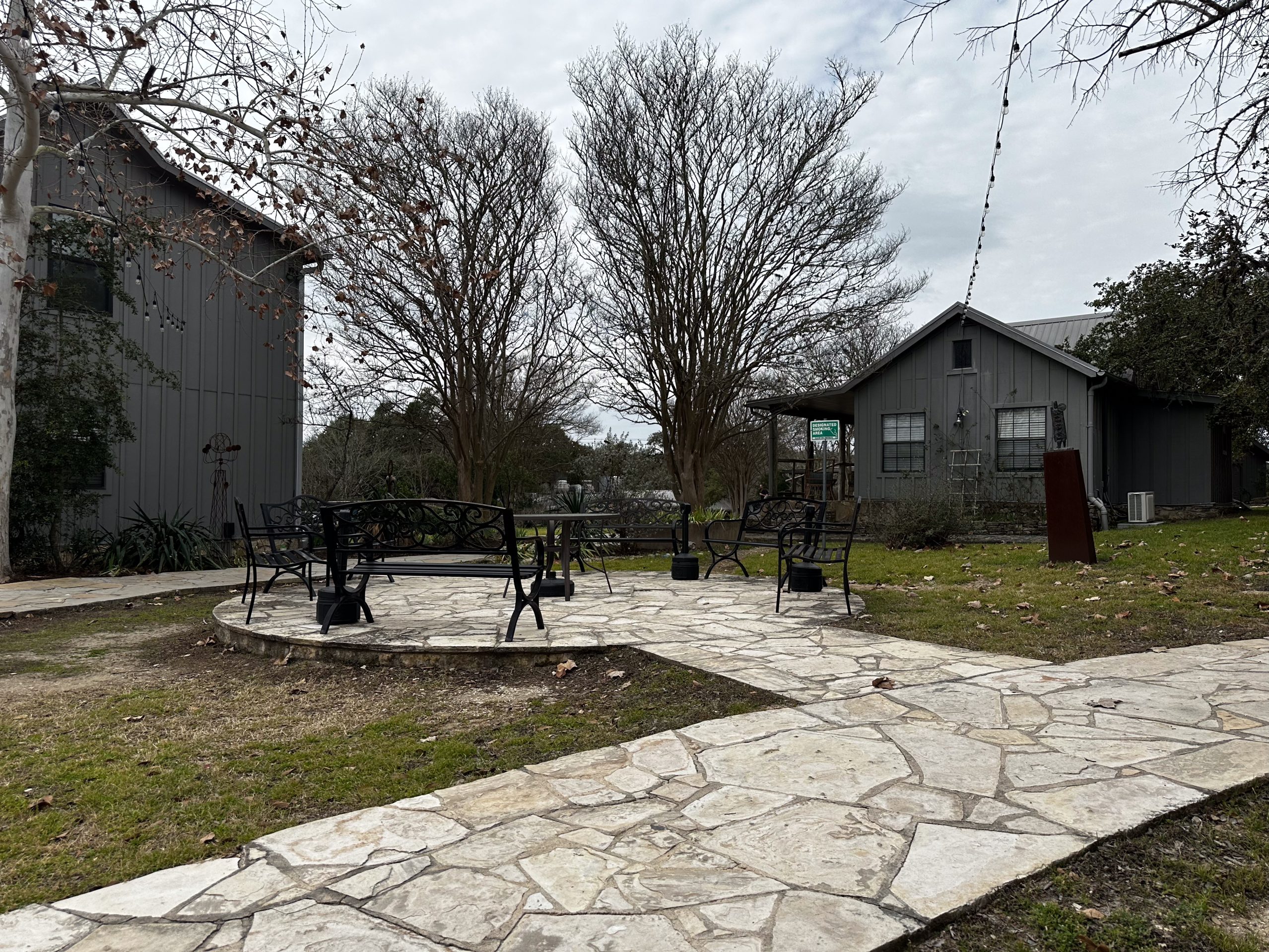
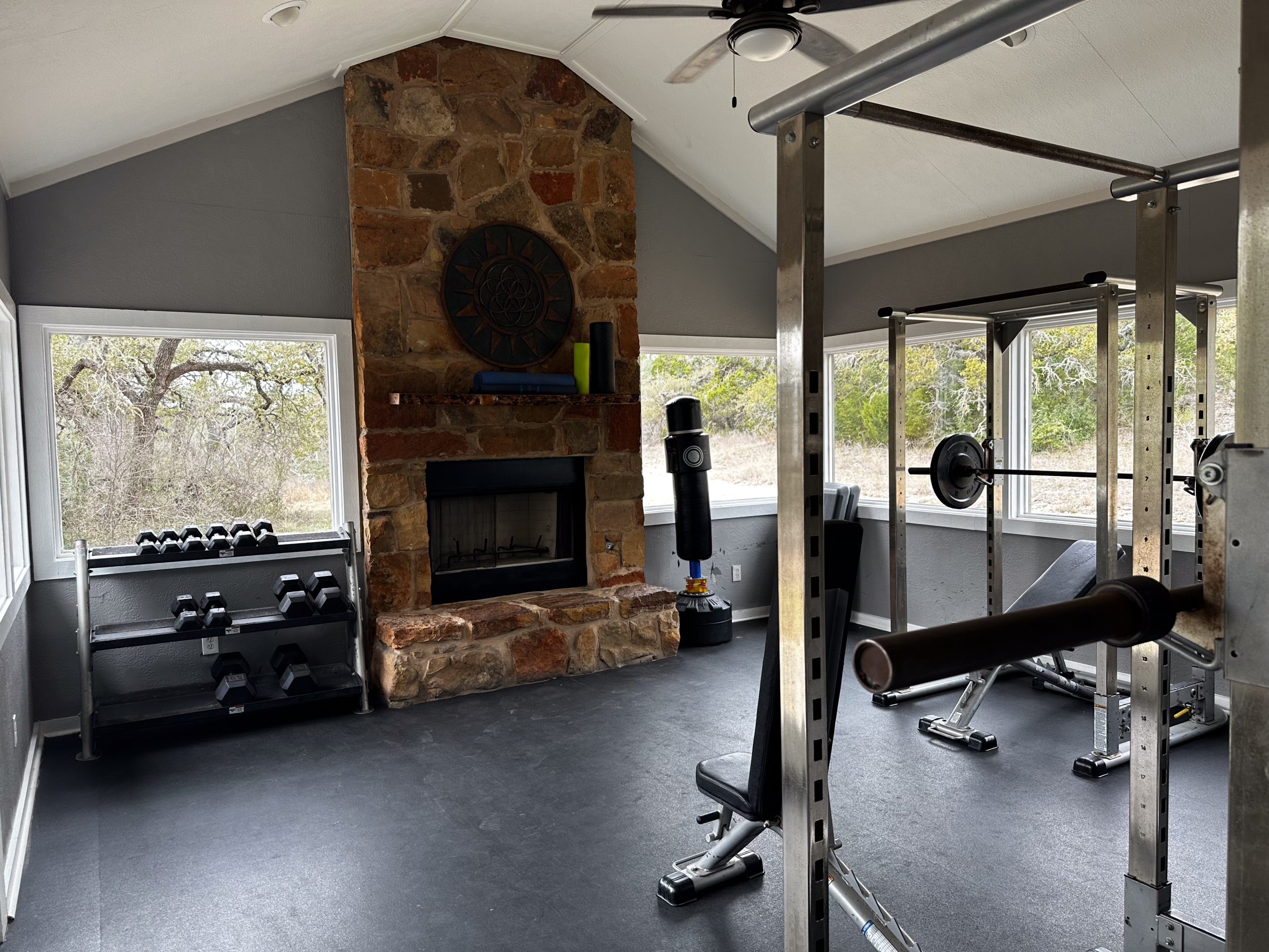
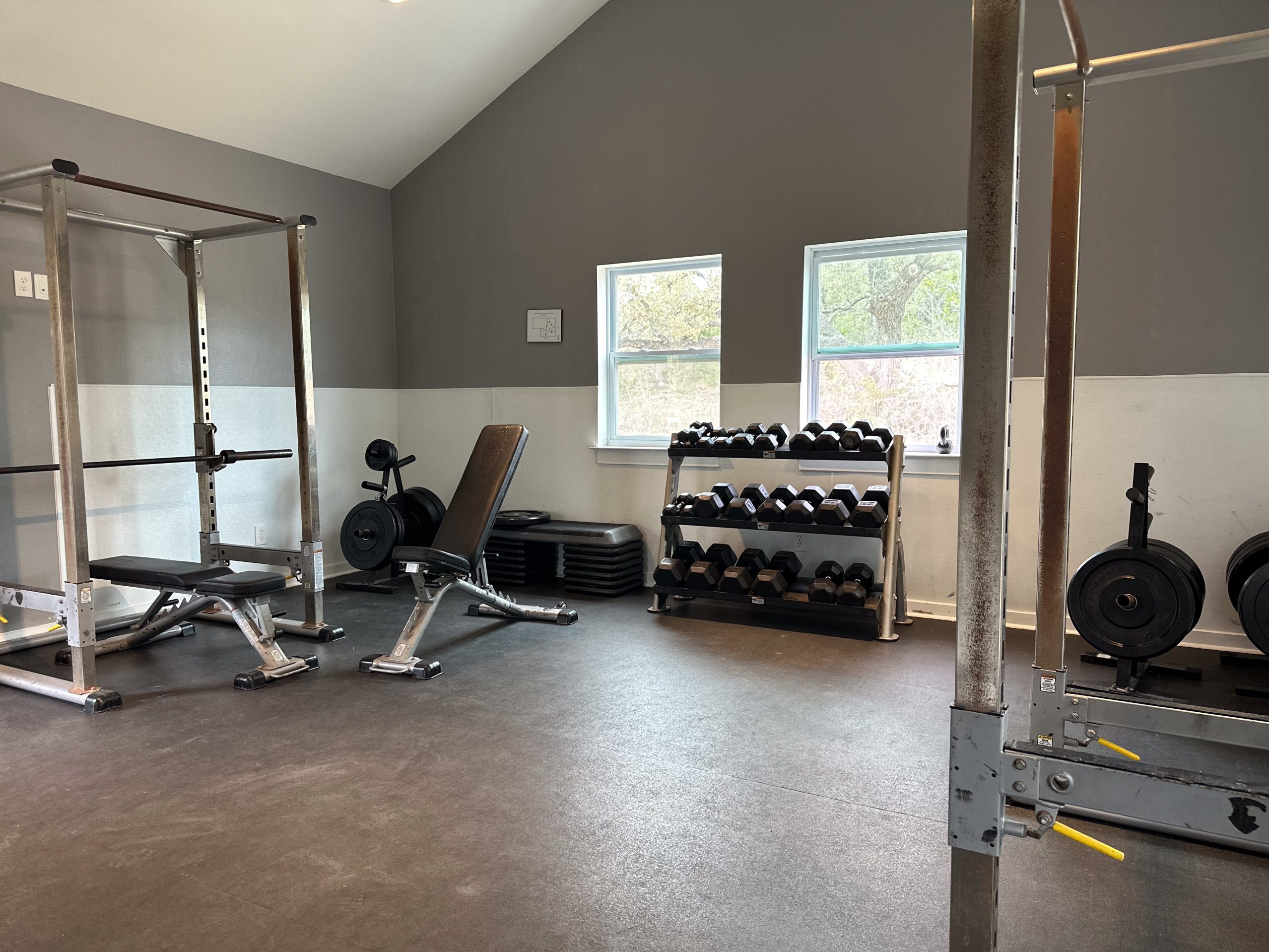
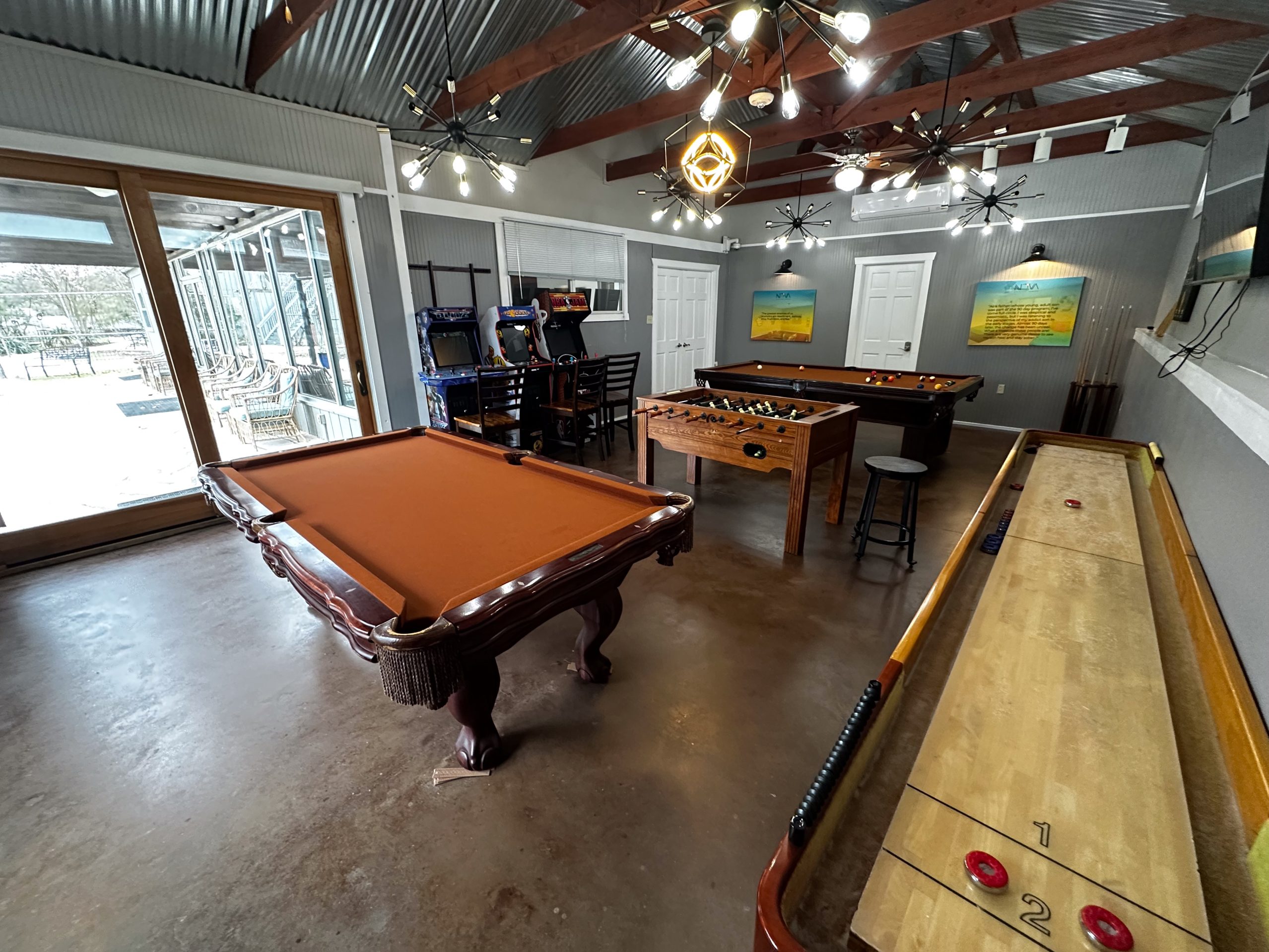
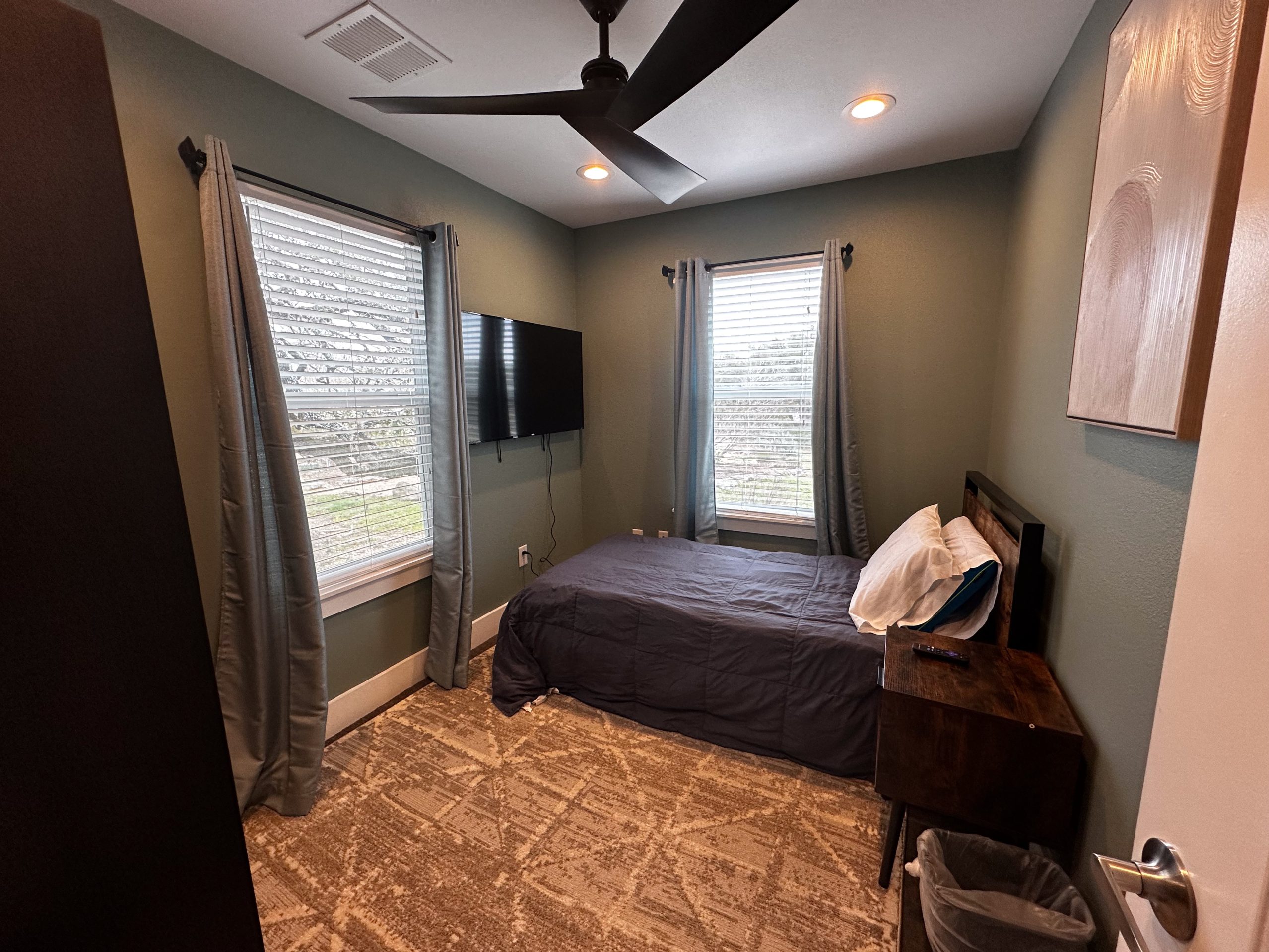

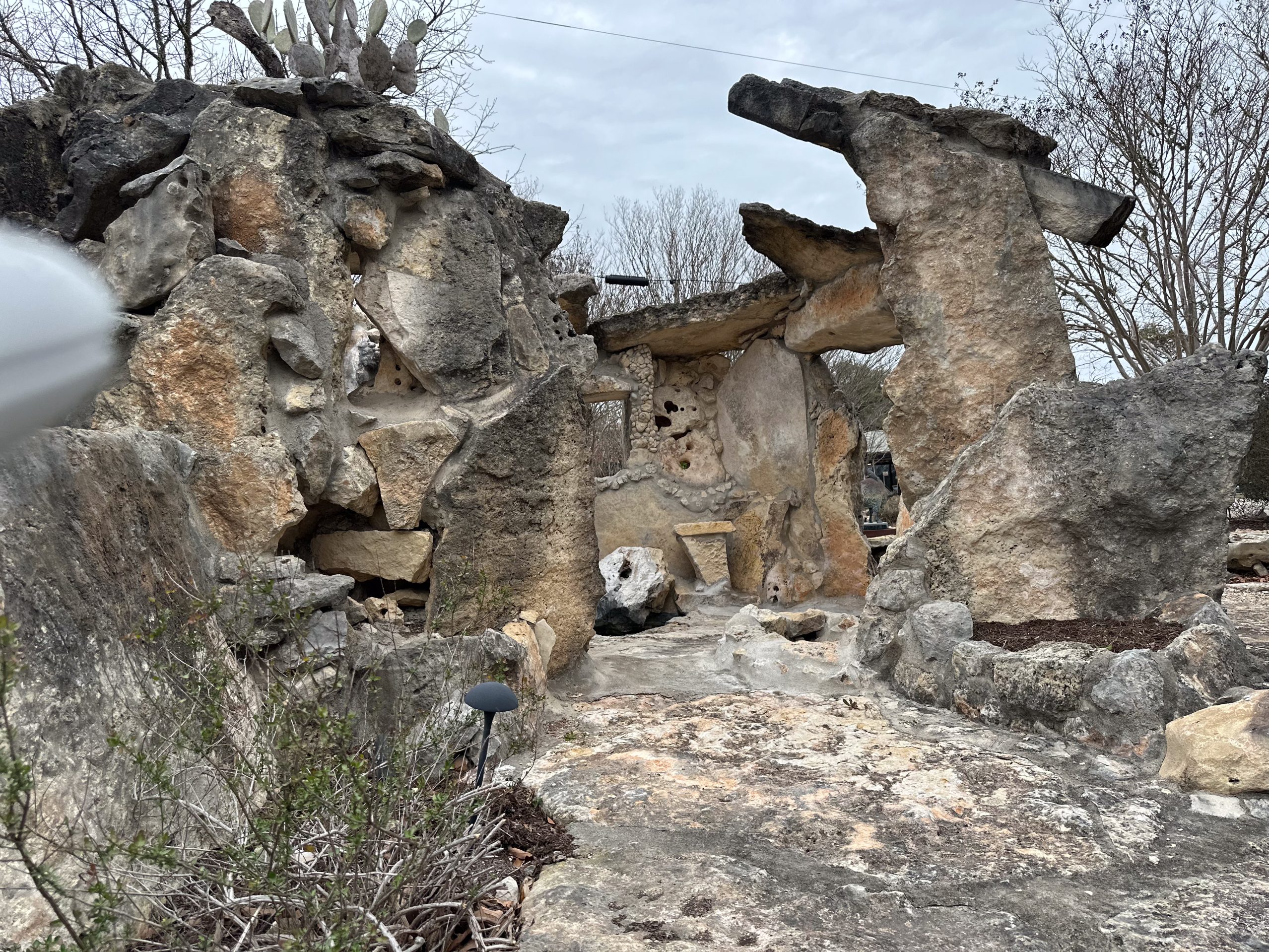
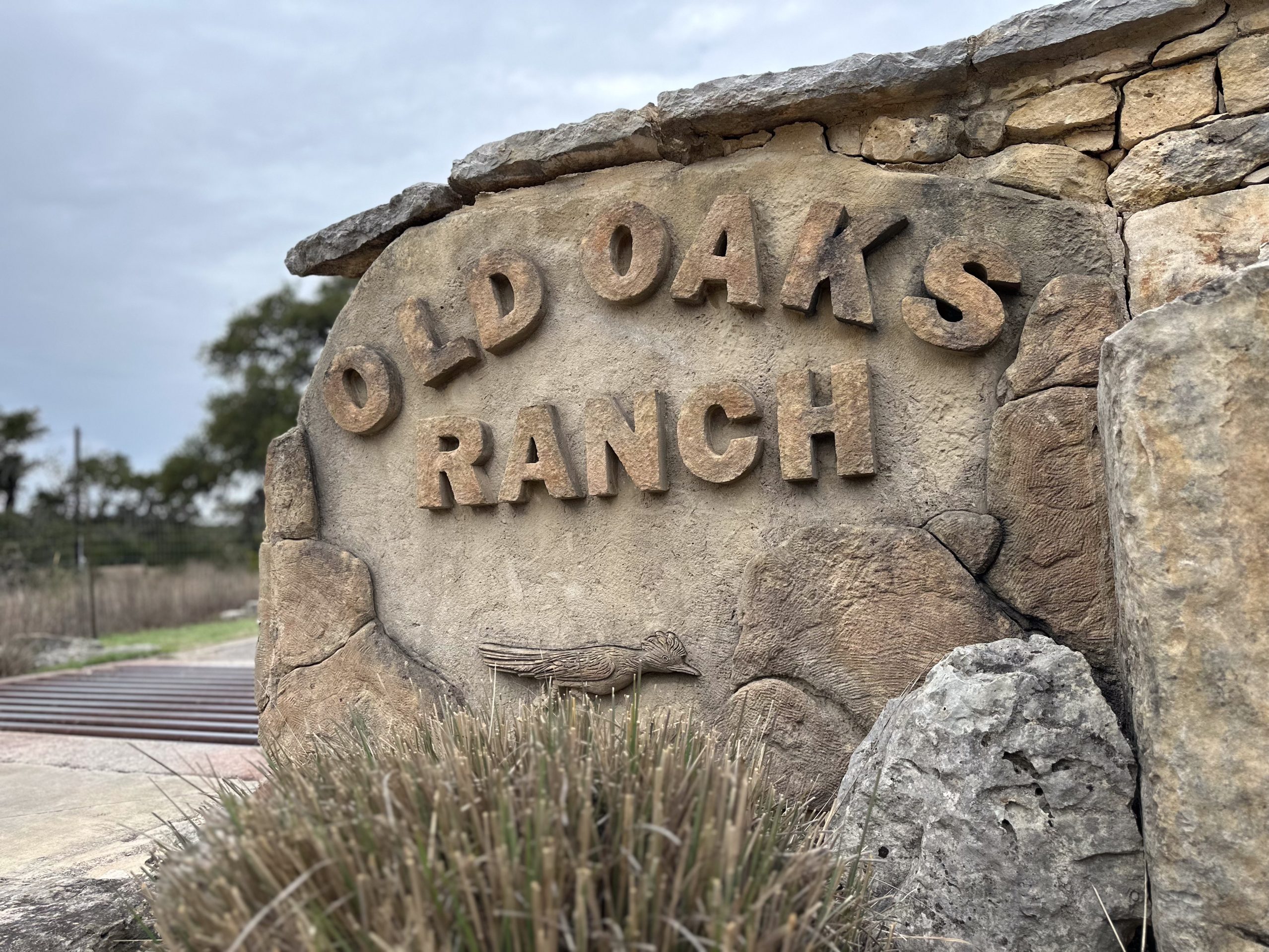
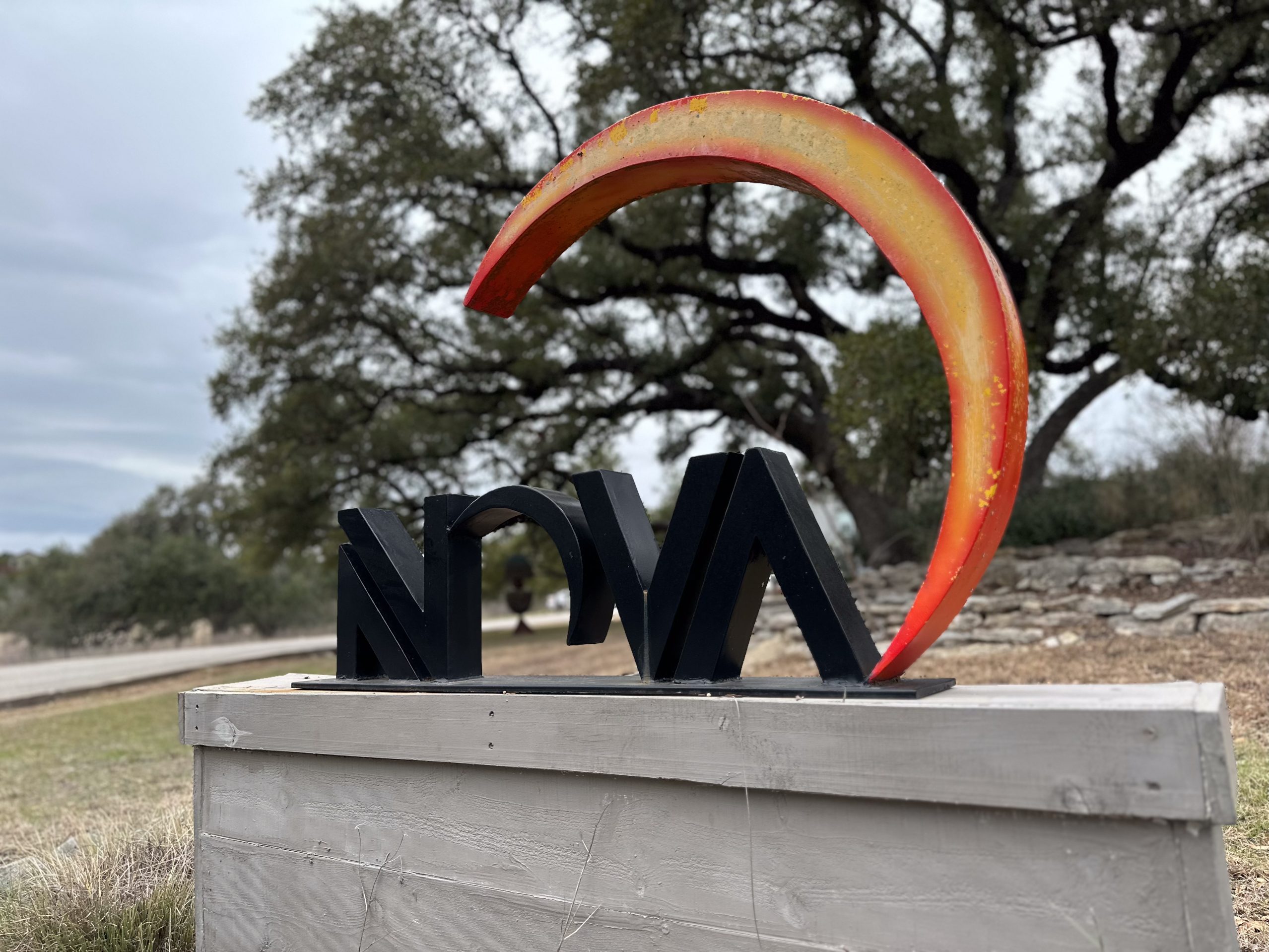
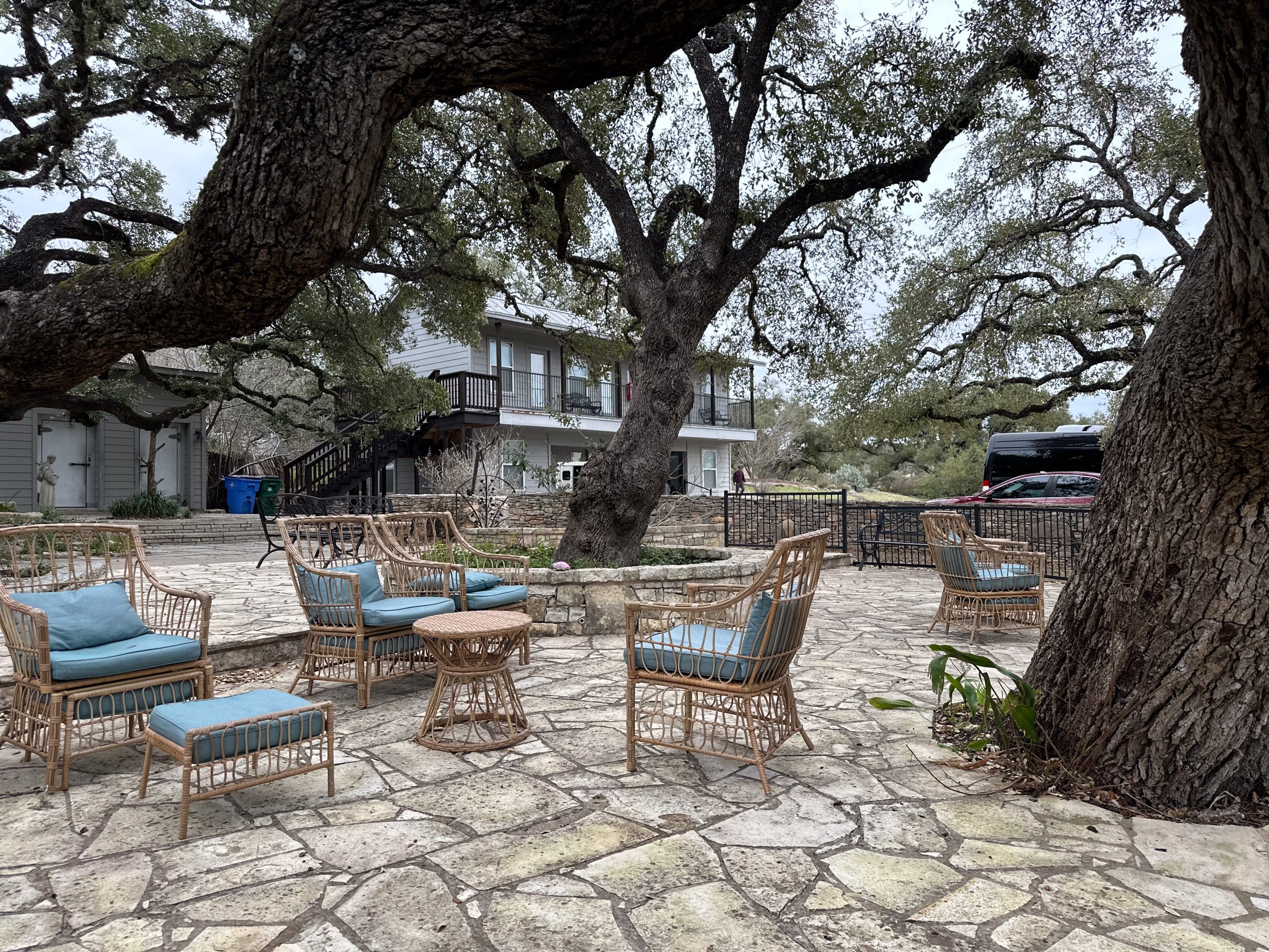
What are Gateway Drugs?
A “gateway drug” is a term that is used to describe a drug that is correlated with an increased risk for addiction and substance abuse. According to the Gateway Drug Theory, which was popular in the 1980s, young people who use tobacco, alcohol, or marijuana may be at increased risk of developing an addiction to other legal or illegal drugs that may be perceived as being more harmful.2
Today, some people still consider drugs like marijuana or tobacco to be gateway drugs, but many prescription drugs are also viewed as being gateway drugs, such as Ambien, , Oxycontin, , or Adderall. Although prescription drugs have the appearance of being safe since they’re prescribed by a doctor, when misused, the truth is they can be just as dangerous as illegal drugs like heroin or cocaine.
Common Sleep Aid Medications in the U.S.
In 2024, roughly 13.8 million Americans (aged 12+) misused prescription psychotherapeutic drugs in the past year, including 7.6 million who misused prescription opioids, 4.6 million who misused tranquilizers or sedatives, and 3.9 million who misused prescription stimulants.
In terms of initiation, 2022 data show about 800,000 began misusing prescription stimulants for the first time, 747,000began tranquilizer misuse, and 144,000 began sedative misuse in the past year.
While misuse numbers remain high, recent trends suggest that initiation and misuse have stabilized or even declined in some categories, particularly stimulants and tranquilizers, compared to prior years.
As the current statistics above show, prescription sleep aids (which are also referred to as prescription tranquilizers and sedatives) are frequently abused in the U.S. Some of the most common sleep aid drugs in the U.S. include:
Freedom Starts Here. Take Back Your Life Today.
Same-Day Admissions in Austin Available.
Signs and Symptoms of Sleep Aid Medication Addiction
Despite the rampant misuse of the prescription sleep aid medications listed above, many people do use them as directed by a doctor without becoming physically dependent or addicted. If you are addicted to your sleep aid medication, you may display some of the following signs and symptoms:
- You need to take larger doses of your sleep aid medication for it to work.
- You can’t ever sleep without your sleep aid medication.
- You find yourself craving your sleep aid medication.
- You take your sleep aid medication with other drugs or alcohol to enhance the effects.
- You hide your sleep aid drug use from friends and family.
- You’ve tried to stop using your sleep aid medication, but you can’t.
- You’re isolating yourself from friends and family.
- You’ve lost interest in the hobbies and activities you used to enjoy.
Are Sleep Aids Gateway Drugs?
Although sleep aid drugs could act as gateway drugs, just like alcohol or marijuana, the most objective way to assess a person’s risk for developing a substance use disorder is to consider the outside risk factors. Risk factors that may increase a person’s likelihood of becoming addicted to their sleep aid medications or other drugs include:
- A living environment where drug and alcohol abuse are normalized
- A history of substance abuse
- A history of mental disorders
- A family history of addiction
- Using alcohol or drugs early in life
- A social circle that frequently involves drug and alcohol abuse5
If a person identifies with several of the risk factors above, it may be wise to discuss alternative sleep aid methods with a doctor.
Proper Use of Sleep Aid Medications
When used correctly, sleep aid medications can be very helpful and may be less likely to lead to dependence or addiction. Examples of proper use of sleep aid medications are:
- Taking the lowest possible effective dose as prescribed by a doctor.
- Using sleep medications on a short-term basis, if used nightly.
- Using sleep medications intermittently, if on a long-term basis.
- Using sleep medications in combination with behavioral therapy and healthy sleep practices.
- Avoiding the use of other drugs and alcohol with sleep medications.6
According to the National Sleep Foundation, 48 percent of Americans report insomnia occasionally, while 22 percent experience insomnia every or almost every night.6 If you’re one of the many Americans having trouble sleeping, it may be a good idea to try alternative sleep aid remedies or behavioral therapy before resorting to prescription medication. Especially if you are at high risk for developing an addiction.
Addiction Treatment for Sleeping Pill Addiction and Abuse
Prescription drug abuse and addiction can develop in many different ways and no one is exempt from the potential risk. If you’re struggling with sleeping pill addiction and abuse, you are not alone. Many Americans have found themselves in the same situation, without a way to escape from their physical dependence on sleep aid medications.
In many instances, prescription drug detox is the first step to treating a sleeping pill addiction. This important step will help you overcome your physical addiction and prep you for the behavioral therapy and 12-Step Program work that is to come. Once detox is complete, participation in rehab can begin.
Drug rehab that provides comprehensive care comprised of evidence-based addiction treatment methods, behavioral therapy, and 12-Step Program work can help you overcome your addiction to sleep aid medication.
At Nova Recovery Center, we can refer you to one of our detox centers in Houston or Austin, Texas to begin your treatment. If our detox programs are not a good fit for you, our admissions specialists will be happy to provide alternative recommendations. We will also guide you through the rest of the treatment process with residential or outpatient drug rehab, sober living, and aftercare to ensure long-term success in your recovery.
You don’t have to suffer from your prescription drug addiction any longer. Call Nova Recovery Center today to learn more about our long-term addiction treatment programs for men and women.
Learn if You Can You Die from Sleeping Pills?
Frequently Asked Questions About Sleeping Pill Addiction
Are sleeping pills addictive?
Yes—many prescription sleep medicines (especially benzodiazepines) can cause tolerance, dependence, and addiction; “Z-drugs” (e.g., zolpidem/eszopiclone/zaleplon) also carry dependence risk, though generally lower than classic benzos. Use is usually limited to short courses.
How long does it take to become dependent on sleeping pills?
Physical dependence on benzodiazepines can develop in a few weeks for some people; the NHS advises most Z-drugs be used for only 2–4 weeks to reduce that risk.
What are the warning signs of sleeping pill addiction or dependence?
Common red flags include needing higher doses, using pills longer than prescribed, cravings, withdrawal when cutting down, daytime drowsiness/cognitive issues, and “parasomnia” behaviors.
What are Ambien (zolpidem) withdrawal symptoms?
Stopping after heavy or prolonged use can trigger anxiety, agitation, tremor, nausea, and—rarely—hallucinations, delirium, or seizures; medical supervision is advised.
How do you safely stop taking sleeping pills?
Do not quit suddenly. Current guidance recommends a gradual taper (often 5–10% dose reductions every 2–4 weeks, slower if needed) plus supportive therapies like CBT/CBT-I.
Is melatonin addictive?
Melatonin isn’t known to cause physical dependence or withdrawal, though people may develop a psychological reliance; long-term safety and product content can vary, so use thoughtfully.
Is it bad to take sleeping pills every night?
Most guidelines discourage nightly, long-term use; medicines should be short-term, lowest effective dose, and paired with behavioral treatment whenever possible.
Can you overdose on sleeping pills or mix them with alcohol?
Yes. Overdose risk rises with high doses and combining with alcohol/opioids/other sedatives; Z-drugs also have rare but serious complex sleep behaviors (sleep-driving, etc.).
Are over-the-counter sleep aids (like Benadryl or Unisom) addictive or recommended?
Antihistamine sleep aids can lead to tolerance, next-day impairment, and anticholinergic side effects, and the AASM recommends against using diphenhydramine for chronic insomnia.
What are effective alternatives to sleeping pills for chronic insomnia?
CBT-I (stimulus control, sleep restriction, relaxation, cognitive work) is first-line and often outperforms medicines long-term; optimize sleep hygiene alongside it.
